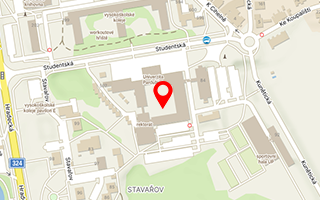- Introduction
The proposed project is divided into two parts. The first part aims to create a modern green propellant (GP) for the automotive industry contains
attractive new energetic materials (EM), which will be developed and pilot-plant prepared during the project on the devices Explosia a.s. Modern
energetic materials will be energetically richer and technology of preparation will be simple. The research will also develop advanced production
technology of green propellant, through the use of new types of binders cellulose.
In the second part of the project we want to consider developing of advanced technology for preparing castable solid rocket propellant for large
caliber ammunition and air rescue systems. Component of casting technology research of castable solid rocket propellant will be research of new,
hygienically acceptable burning rate modifier to replace the commonly used lead compounds and research of modern monomers for phlegmatization
of nitroglycerine and gelation of nitrocellulose, from which the elements of castable solid rocket propellant will be prepared.
attractive new energetic materials (EM), which will be developed and pilot-plant prepared during the project on the devices Explosia a.s. Modern
energetic materials will be energetically richer and technology of preparation will be simple. The research will also develop advanced production
technology of green propellant, through the use of new types of binders cellulose.
In the second part of the project we want to consider developing of advanced technology for preparing castable solid rocket propellant for large
caliber ammunition and air rescue systems. Component of casting technology research of castable solid rocket propellant will be research of new,
hygienically acceptable burning rate modifier to replace the commonly used lead compounds and research of modern monomers for phlegmatization
of nitroglycerine and gelation of nitrocellulose, from which the elements of castable solid rocket propellant will be prepared.

